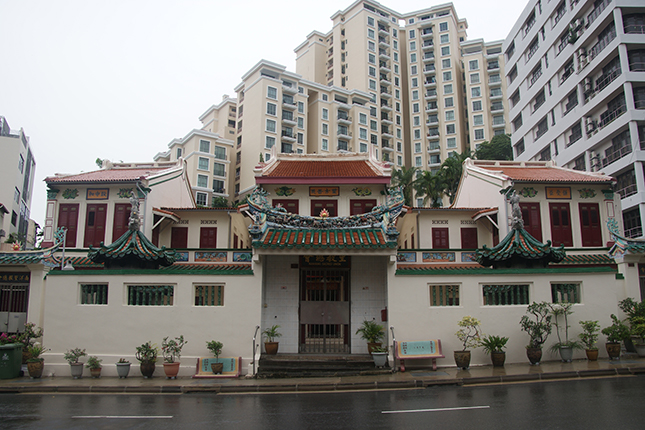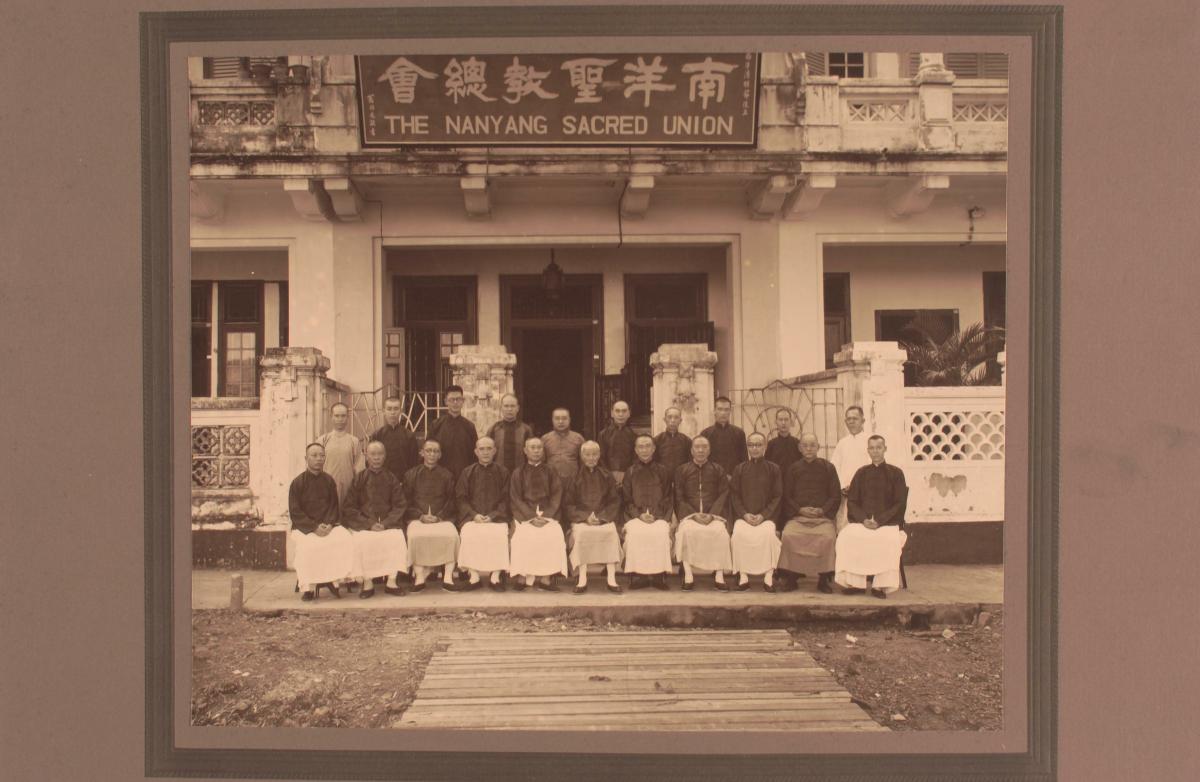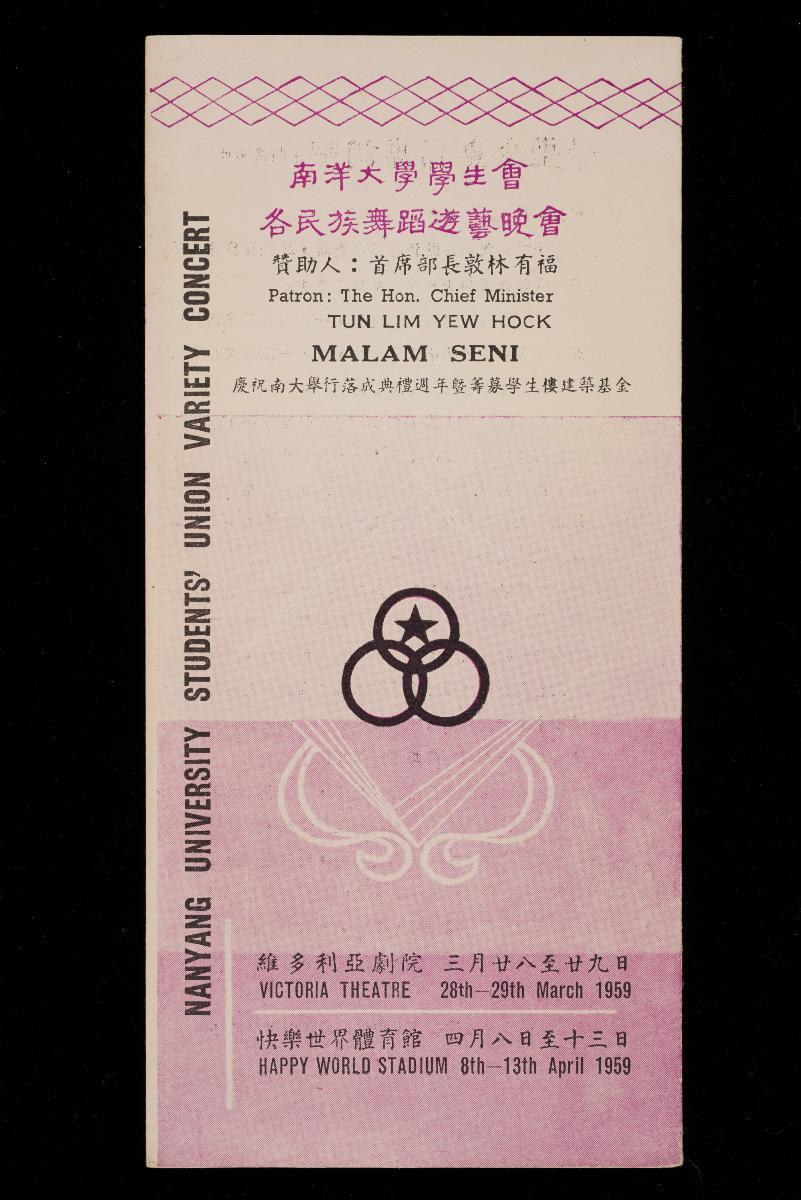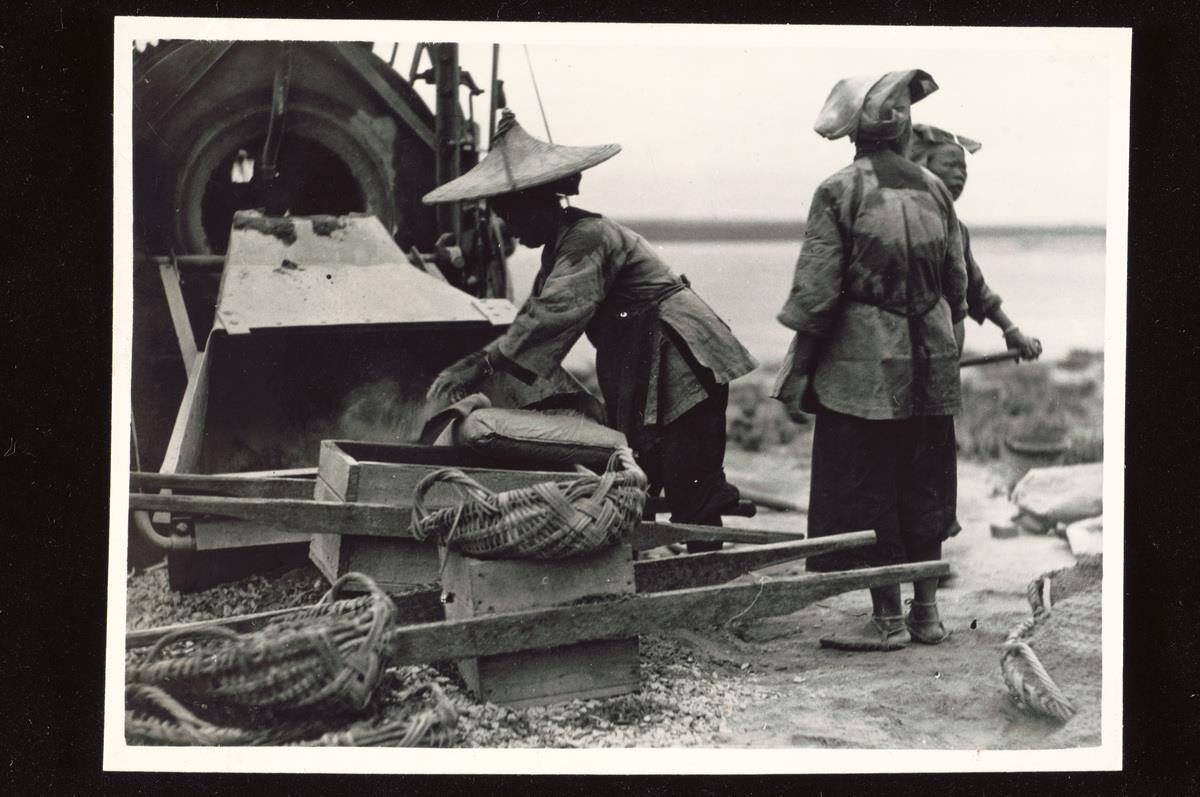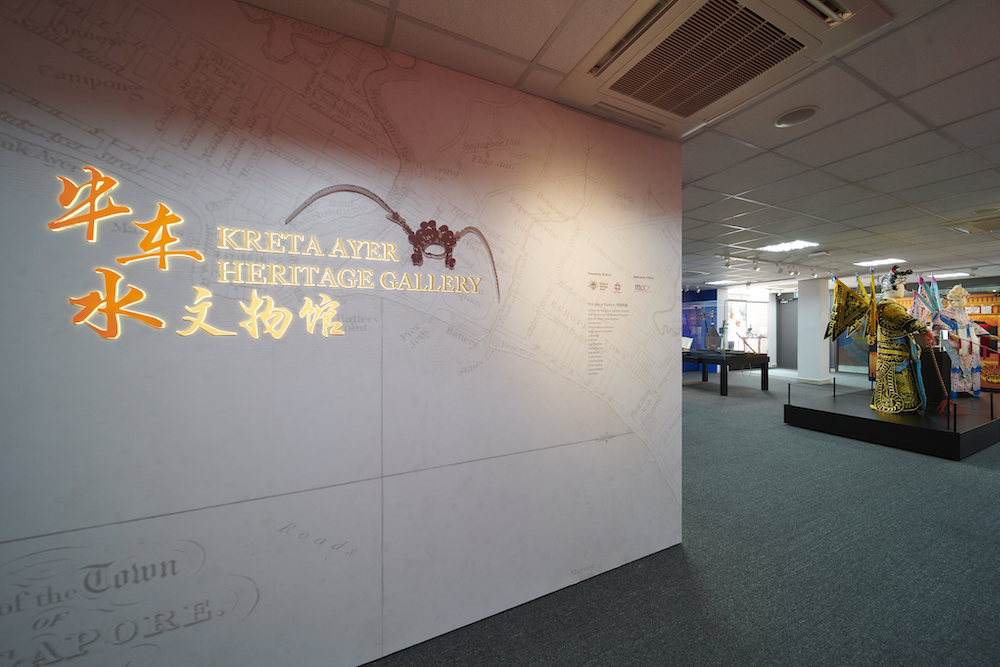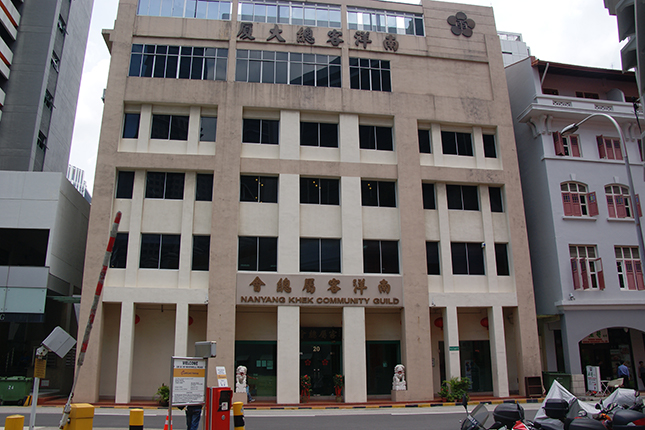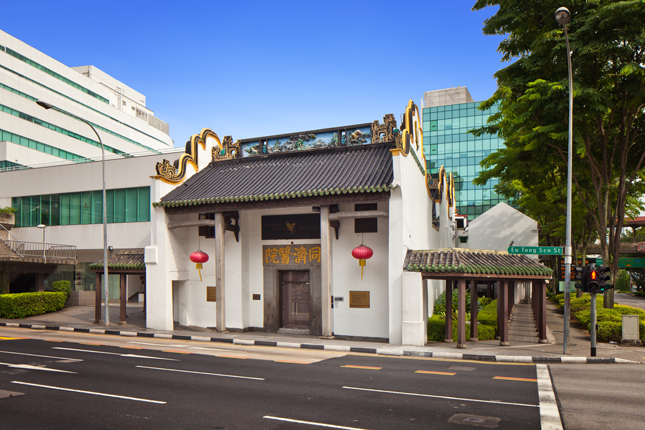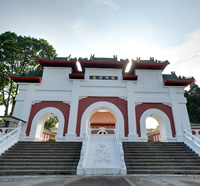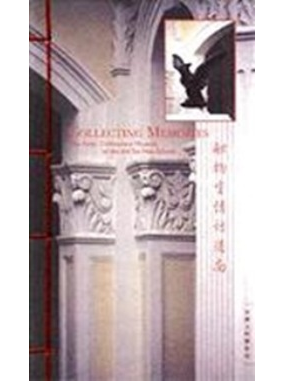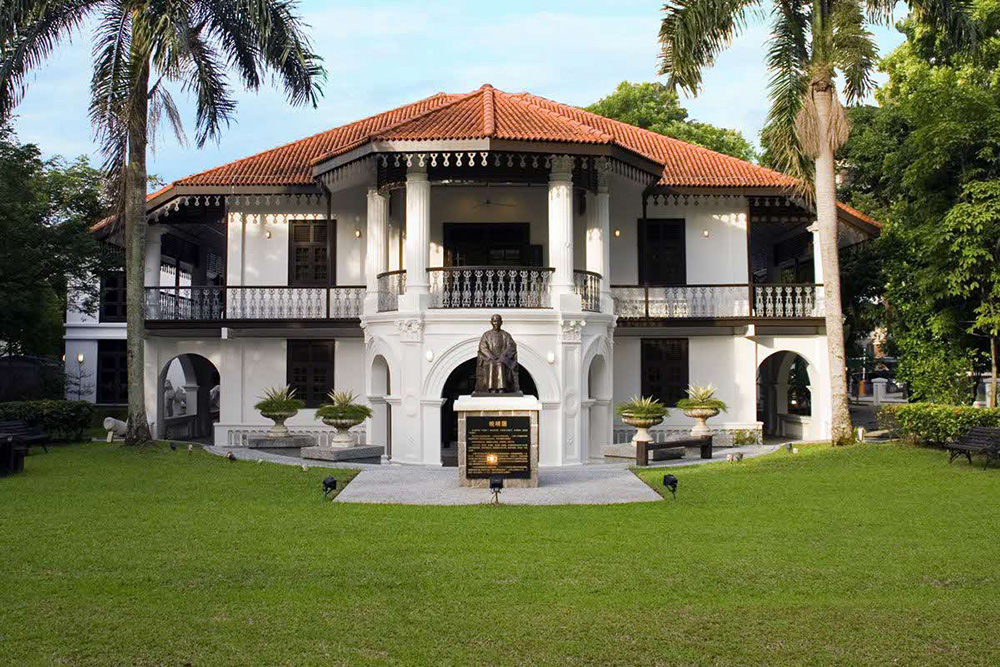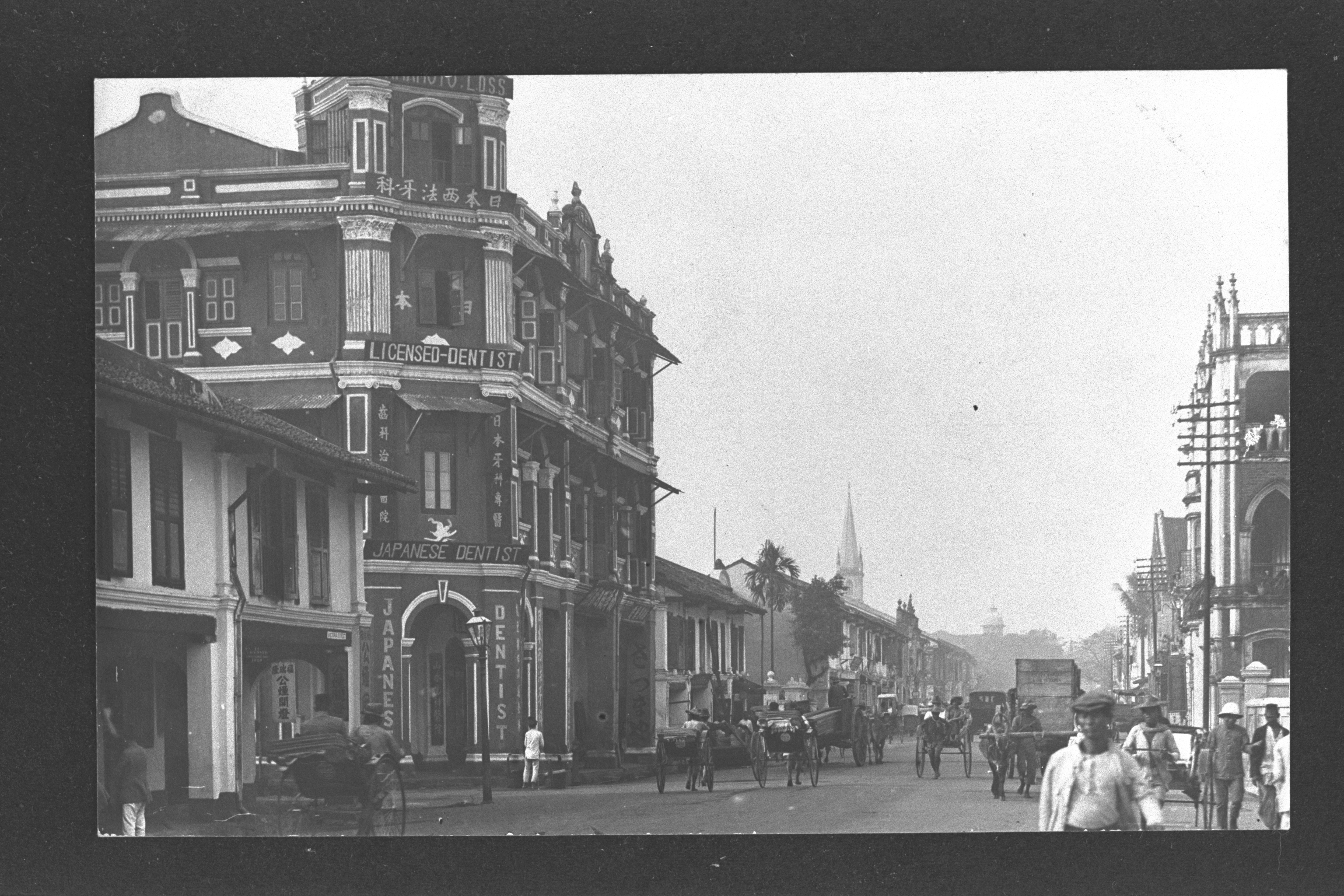The first Confucius Association in Singapore was formed in 1914 by a group of Chinese migrants from Fuzhou, China. Back then, it was known as Straits Sacred Union and was located at Peking Street, where prominent members such as Dr Lim Boon Keng would frequent the premises for union activities.
This former location was lost during the Japanese occupation of Singapore. In the aftermath, a group of former members banded together and pooled their resources to purchase a property on River Valley Road. Formerly renamed the Nanyang Sacred Union, this religious group continues to pay homage to Confucius till today.
The current headquarters of the Nanyang Sacred Union comprises three buildings. Situated at its centre, the main building (Unit 253) is dedicated to Confucius; two auxiliary edifices on its left and right are dedicated to Guan Yin, the Goddess of Mercy (Unit 251) and Lao Tse (Unit 255) respectively.
Many are unaware that Unit 253 was the former mansion of Seah Song Seah, the third son of Seah Eu Chin (who founded Ngee Ann Kongsi). It was donated to the Nanyang Sacred Union by Lim Kim Tian.
Membership in the union is exclusive. Prospective members must be recommended by an existing member within the union and receive approval from Confucius—indicated by one of two slips tossed before the sage’s statue, which either mean acceptance or rejection. Securing this membership was of vital importance as it guaranteed that one would have the opportunity to install their family tablets behind the statue of Confucius.
Today, the Nanyang Sacred Union only opens its doors to the public once a year in an elaborate affair—the annual celebration of Confucius’s birthday. Rituals are conducted in accordance to the Confucian tradition and the ceremony is conducted in the Foochow dialect; this yearly event is truly a sight to behold.
Buildings and sites featured on Roots.SG are part of our efforts to raise awareness of our heritage; a listing on Roots.SG does not imply any form of preservation or conservation status, unless it is mentioned in the article. The information in this article is valid as of September 2019 and is not intended to be an exhaustive history of the site/building.




